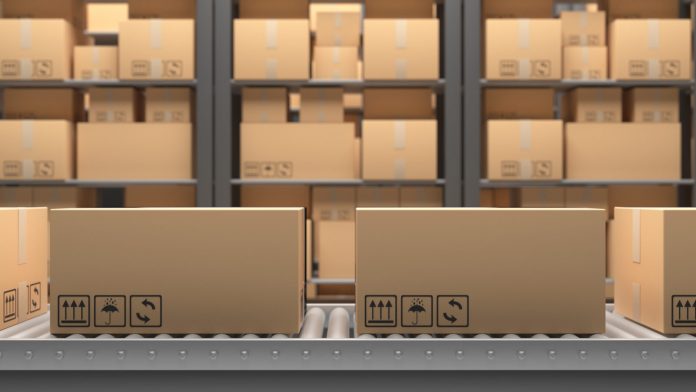Packaging production is one of the big markets that make up the print industry. While the roles of packaging have been steadily evolving over the past years, its focus is also shifting: these days, it’s not enough to have an appealing design to attract costumers anymore, sustainability was one of the growing trends to watch for 2020, being on the mind of both packaging producers and customers. And while the pending COVID19 crisis has turned the world upside down, other areas of everyday life continue to evolve seemingly unnoticed. So let’s shift our focus on the many challenges facing the packaging industry today.
More Flexibility, More Options
Sure, the top priority of packaging is still protecting the goods, but they way it is done is very much changing. To make packaging more sustainable, printers are opting for thinner materials and more sophisticated design. With the delivery mechanism of boxes becoming more complex and varying in retail formats, packaging production needs to also be able to be more flexible, requiring faster and more efficient machines. The boom of the e-commerce sector has proven to not only be a chance of growth for the packaging industry but also a challenge in that regard.
But it’s not only protection of goods and delivery mechanisms that are changing, the presentation of the product through clever and innovative packaging has also been stepped up quite significantly. New digital solutions have enabled substantial progress, allowing packaging designers and converters to do things that were previously impossible. And while digital may not completely replace analogue printing, it still provides the flexibility needed to work with shorter production runs, as the recent trend requires. Customization, security and traceability have never been to in demand or so easy to achieve.
Industry4.0 Management
All those new options and increased flexibility call for an improved management system. Thanks to the technical advances of our time, it is quite possible to accomplish this task – though it might take some extra effort and getting used to. Automation will help printers with optimizing machines’ up-time and enable effective communication between customers and producers, as well as easier management of the various interfaces of different equipment. Having the right machine certainly is important but it is also essential to keep an eye on the complexity of the entire workflow.
Working with the right workflow automation systems also allows for a more cost-effective production. As our second Spotlight report already pointed out, workflow automation has the ability to result in increased productivity and reduced costs, when done correctly. And the cost pressure has reached the packaging industry as well, after all, we all want to get more and better products for less nowadays. And the prices really shouldn’t be higher than they are right now to remain competitive. Brand owners want better, fast, more customized and better secured packaging to be able to assert themselves on the market, but they will not stand for higher pricing. There are three major elements that impact overall packaging production costs: quality, productivity and material expenses. In an integrated workflow, the production chain is only as strong as its weakest component, so these three factors should not be seen as isolated elements but across the entire chain from the design process to printing to converting and packing.
Bringing the Manpower
With all that automation, there is still another factor that should not be disregarded: Workforce education and staffing. While hiring can be challenging in this industry and recruits that fully understand the industry requirements are rather rare, new digital solutions across the production line will make packaging production more attractive. We regularly present such fields of work in our #PrintingProfessions segments. Also, it is essential to have the training of the existing staff members integrated in workforce planning, to prepare for the challenges of tomorrow.
But facing the challenges for packaging production successfully requires producers to not only take a closer look at internal processes, but rather reevaluate the overall placement of their companies. It is getting more and more important to cultivate a daily relationship with suppliers and see them as partners. Printers can be connected directly with manufacturers and suppliers through the internet of things and keep preventive maintenance going. But services also need to be improved between printers and customers. Nowadays, customers are used to having a wide array of options at their fingertips, so it’s not just about the product anymore: customers want to feel secure and well cared for by your company, so even printers have to create an online presence, consultation and quality customer service.
An Eye on the Future
And now, here we are again. Sustainability. An extremely vexed issue for many industries. But we simply have to take this subject into consideration. It means creating more demanding designs with thinner materials and more advanced substrates, all while working with the same productivity and more flexibility, at the same cost. First and foremost, sustainable packaging production means ideal waste management through zero-fault packaging. The “Holy Grail of packaging production”. But sustainability doesn’t only mean “green”, “eco-friendly” or “zero-waste”, it also means creating lasting, long term processes. Therefore, it is vital for printers and converters alike, to keep an eye on the future of the print industry.











